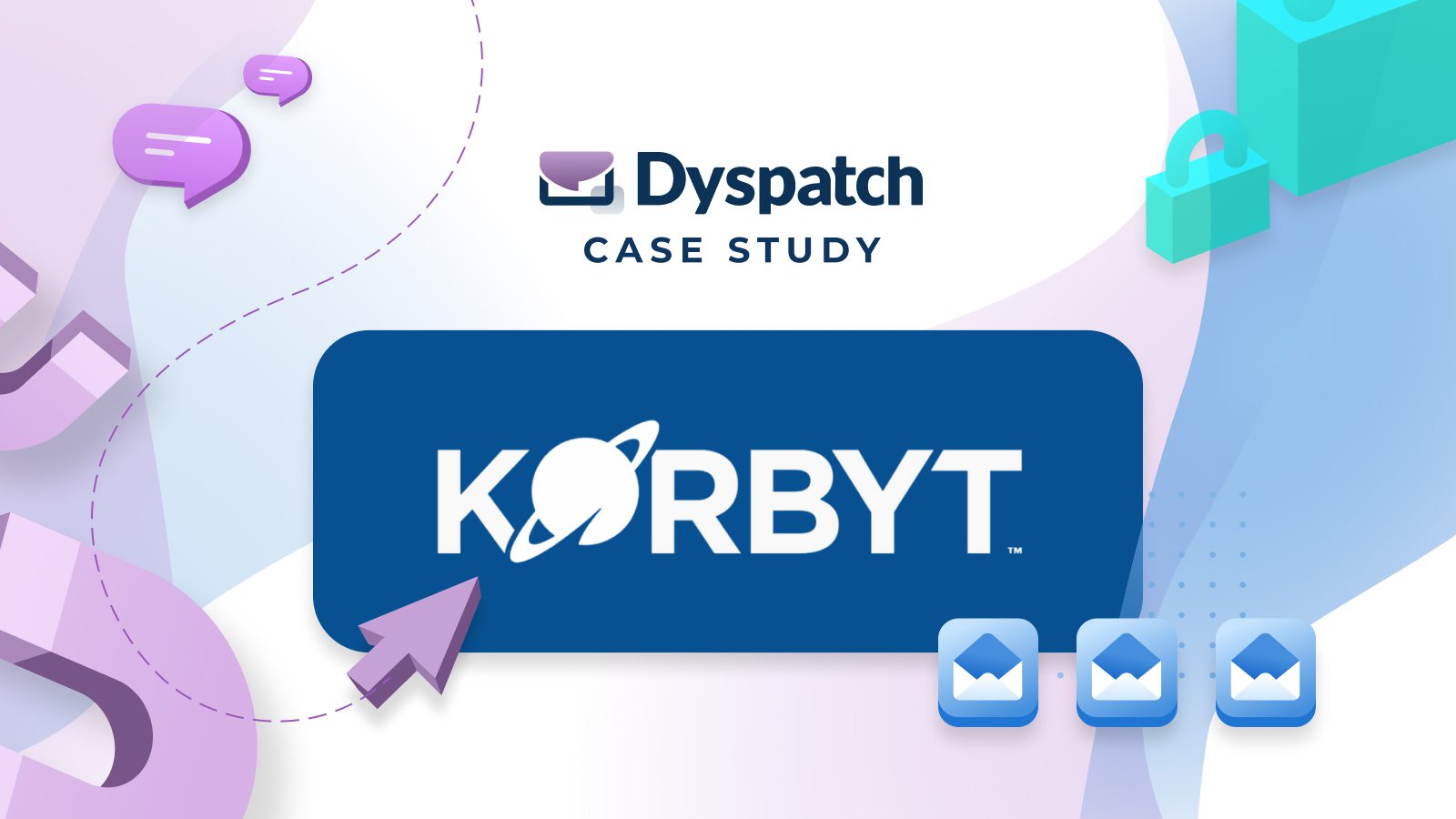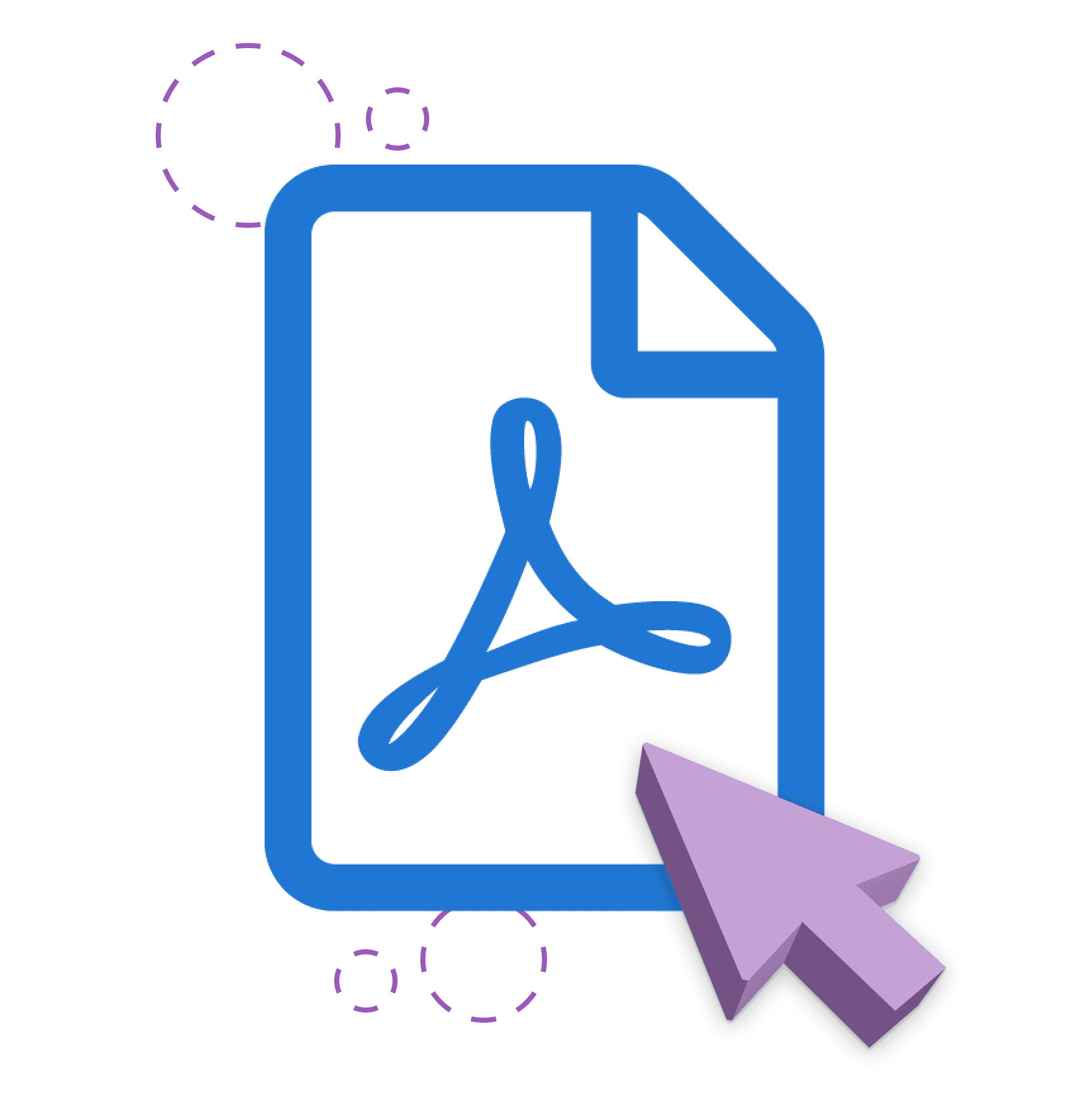
How Korbyt Creates Emails Up to 99% Faster With Dyspatch
99%
faster email
creation
80%
less time spent
troubleshooting
75%
less time
spent on QA
Executive summary
Hand-coding emails in raw HTML is time-consuming, especially when you take into account testing and troubleshooting. Yet Korbyt’s Design Director, Jacob Court, used to code every email from scratch.
Newsletters, nurture campaigns, support messages, webinar emails — Jacob coded and troubleshooted them all. Considering how finicky HTML can be, it’s no surprise this process would take a day or two for every email.
For someone like Jacob who wears many hats, this wasn’t a sustainable (let alone scalable!) situation. He needed a solution to reduce the manual effort required to create emails and take care of table stakes, like responsive design and testing.
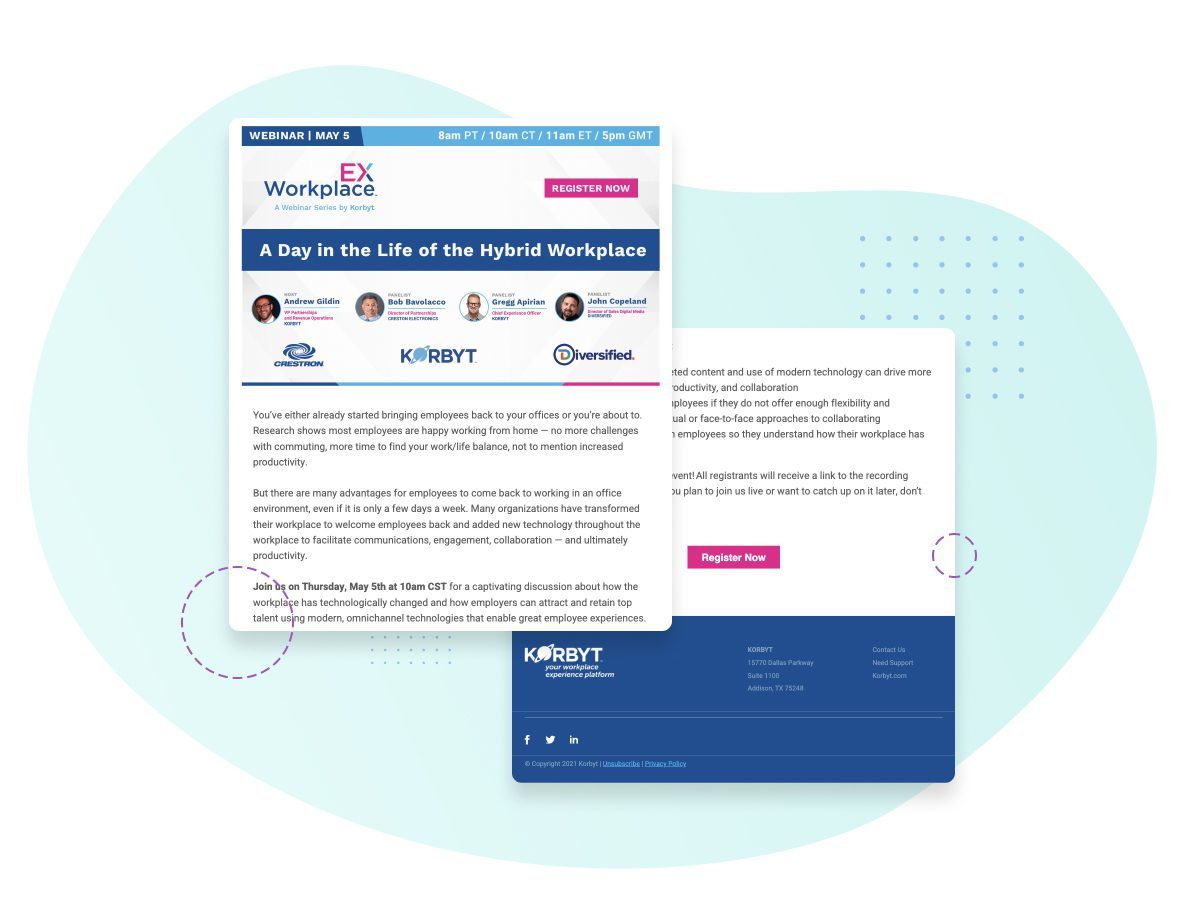
Enter Dyspatch. With Dyspatch’s modular design system, it now takes Jacob as little as 15 minutes to create an email. No more hand coding. No more lengthy troubleshooting. All of Jacob’s emails are responsive out of the box.
In terms of QA, built-in Litmus testing makes it quick and easy for Jacob to double check his templates across email clients and devices. Dyspatch’s comprehensive support for templating languages makes exporting emails to Korbyt’s sending platform, Pardot by Salesforce, easier and more seamless, too.
The bottom line? Jacob can now build an email in minutes, instead of days, allowing him to get more creative with his designs while juggling the demands of a rapidly growing SaaS platform.
(Ready to explore more Dyspatch case studies? View them all here.)
The challenge
Korbyt’s email team was, and is, lean. Jacob designed, coded, and tested emails, and a part-time email marketing specialist imported them to Pardot.
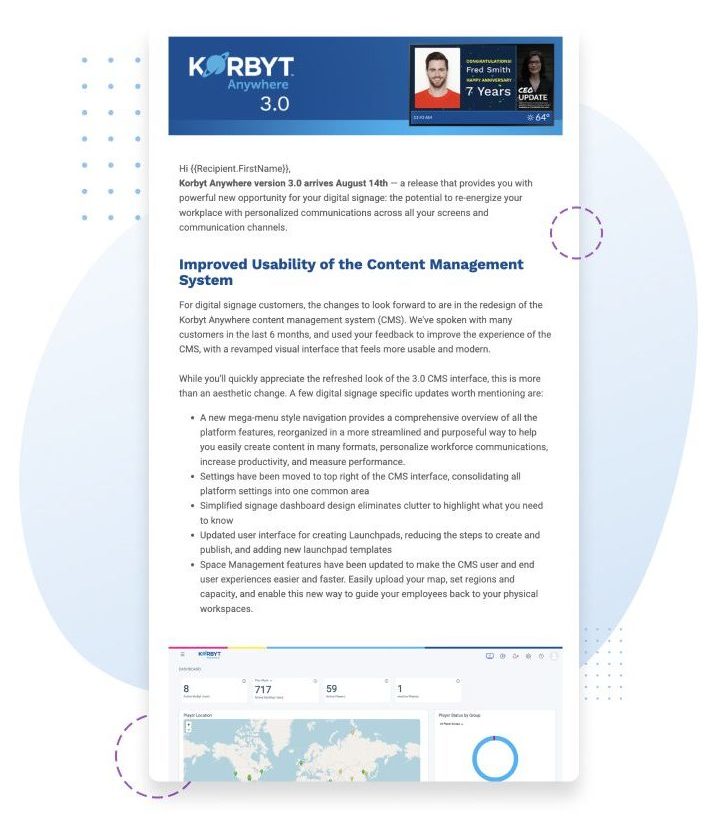
Not only was coding emails from scratch tedious, it inhibited Jacob’s ability to experiment and get creative with his designs. Coding, testing, and fixing email templates when they broke simply took up too much time.
With a two person email team (or one and a half, really!), finding a way to speed up creation and QA and do more with less was essential.
“Coding my own emails would take a day or two. That includes designing, testing, and fixing when an email would break. Testing was also painful. The whole process ate up a ton of my time.”
— Jacob Court, Design Director at Korbyt
The Dyspatch solution
Dyspatch solves the “hand-coding” problem.
With a system of custom, reusable modules, Jacob can build on-brand emails in a matter of minutes, without having to write HTML. He can pull in modules and create templates to cover all of Korbyt’s use cases, marketing and transactional emails included.
“Dyspatch has allowed us to have a more modern approach on email designs and nurture campaigns. Shared modules help build continuity across the emails and brand all while making the build process so much easier."
— Jacob Court, Design Director at Korbyt
Not only that, every module is pre-set and supports dynamic content, like first name, company name, or any other available data. In other words, Jacob can add dynamic fields to modules and pull them into templates to create effortlessly personalized experiences.
All Dyspatch modules are also responsive by default, so there’s no need to worry about emails being supported in different browsers and clients. Jacob estimates this has cut down the amount of time he spends on troubleshooting by 80%! The key here is the Dyspatch Markup Language (DML).

Think of DML as a simplified, guaranteed responsive version of HTML. With general knowledge of HTML, Jacob found DML very familiar and easy to pick up. In fact, he was able to start building with DML based on the modular system Dyspatch’s team created for Korbyt.
“Building emails with DML is easy and intuitive. It’s definitely simpler than hand-coding in HTML and support is a quick chat away if I run into an unsolvable problem. Plus, there’s no stress of trying to support Windows and all the different email clients and browsers.”
— Jacob Court, Design Director at Korbyt
Though responsiveness is a given, testing is built right into the Dyspatch email workflow for that extra bit of peace of mind. With integrated Litmus testing, Jacob can quickly preview his templates across all major email clients, devices, and settings, like dark mode. He estimates this built-in testing has cut down the amount of time he spends on QA by 75%. He also appreciates the ability to send a test email from Dyspatch, instead of doing this step in Pardot.
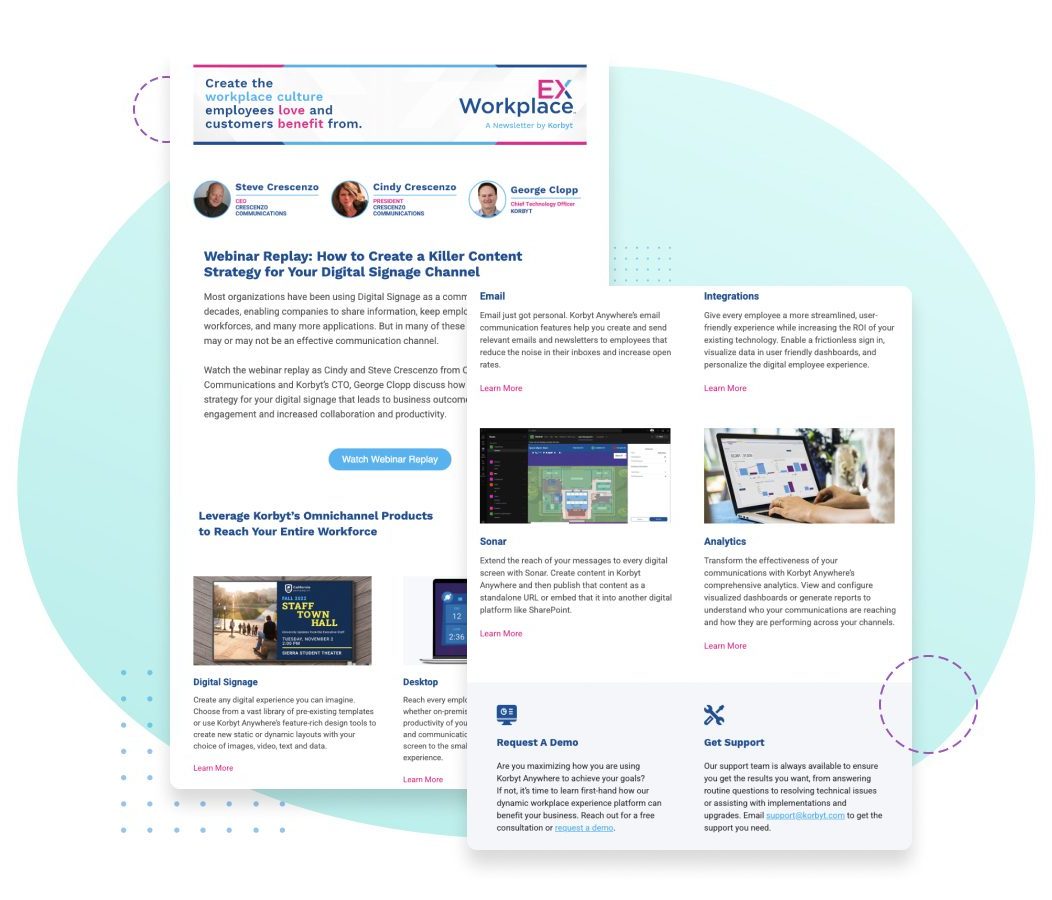
Speaking of which, there’s no additional work to do to make emails compatible with Pardot. Dyspatch offers full support for Pardot’s templating language, meaning Korbyt’s team can import emails that will work perfectly in the platform. Since he doesn’t have to worry about Pardot supporting every template tweak, this gives Jacob more freedom to get creative with email designs.
“Dyspatch is the only platform I could find that supports Pardot in a meaningful manner. There are limited templates for Pardot out there, most available are super basic in design. Dyspatch guarantees their emails for Pardot as an export setting. This helped us push our email designs a bit more and make them more creative without compromising the technical side.”
— Jacob Court, Design Director at Korbyt
The results
Time spent creating an email:
Pre-Dyspatch:
1-2 days
Post-Dyspatch:
15 minutes
Total time to market on a brand new template:
Pre-Dyspatch:
2 to 3 days
Post-Dyspatch:
1 day
Total time to market using an existing template:
Pre-Dyspatch:
1 to 2 days
Post-Dyspatch:
1 hour max
Time spent on email QA:
Post-Dyspatch:
75% less
Email troubleshooting needed:
Post-Dyspatch:
80% less
With Dyspatch, Jacob can create emails 99% faster than before... 99.48% faster to be exact!
Once a template is set, it takes him 15 minutes to create a simple email. For emails that require custom creative design, Jacob says, “It definitely goes faster because of the Dyspatch email builder.”
Dyspatch has also cut QA time down by 75%. Jacob is able to quickly test templates across browsers and devices, which also helps him troubleshoot the odd design quirk faster. Overall, Jacob reports doing 80% less email troubleshooting.
What’s next
For a busy Design Director, saving time on email creation is essential.
For a growing SaaS company, saving design and development resources on email is priceless.
Whichever lens you look through, Dyspatch sets Korbyt up for scale. So what’s next?
Korbyt is interested in learning more about the different AMP interactions they could implement in emails to get greater customer insights and quicker product feedback. And with access to Dyspatch’s library of interactive AMP modules, Apps in Email, they can start experimenting whenever they’re ready.
About Korbyt
Korbyt is a workplace experience platform that makes it easy to reach and engage your audience by publishing personalized content to enterprise communication channels.
Industry
SaaS
Company size
200+ employees
Email team size
2 employees
Dyspatch product
No-code email builder
Start growing with Dyspatch
Streamline your email workflow and get better results today.
Get a demo
Related Case Studies
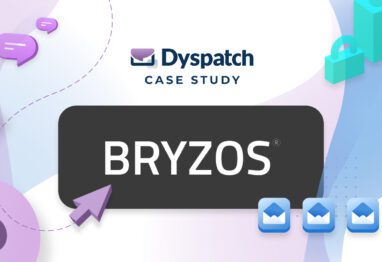
How Premium Onboarding Catapulted Bryzos into Efficient Email Campaigns with Dyspatch
Accelerating Success: How Premium Onboarding Catapulted Bryzos into Efficient Email Campaigns with Dyspatch Executive Intro|The Technical … Read now about How Premium Onboarding Catapulted Bryzos into Efficient Email Campaigns with Dyspatch

How a Fortune 500 company improved time to market on email localizations by 250%
How a Fortune 500 company improved time to market on email localizations by 250% faster time to market on campaigns fewer steps in their … Read now about How a Fortune 500 company improved time to market on email localizations by 250%
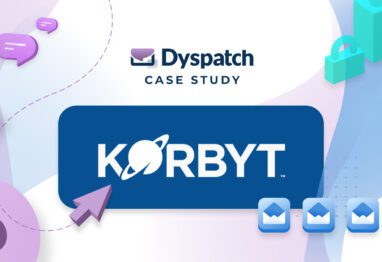
How Korbyt Creates Emails Up to 99% Faster With Dyspatch
How Korbyt Creates Emails Up to 99% Faster With Dyspatch 99% faster email creation 80% less time spent troubleshooting 75% less time spent … Read now about How Korbyt Creates Emails Up to 99% Faster With Dyspatch
